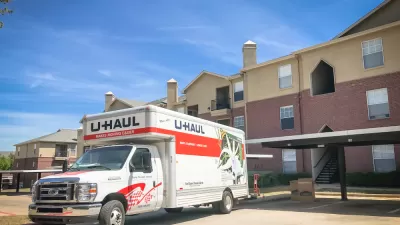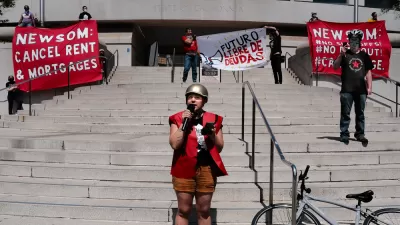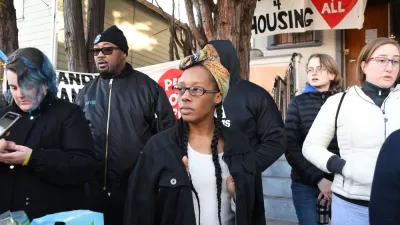An expanded housing voucher program is needed to address the medium- and long-term economic consequences of COVID-19.

The COVID-19 crisis has thrown light on the fragility of millions of American families for whom a missed paycheck forces a decision between paying rent and buying food. An eviction moratorium will help temporarily but will not solve the long-term housing problems associated with COVID-19. Temporary rent subsidies, similarly, would help only for a short time. The economic disruption of COVID-19 cannot be reversed overnight; there will likely be high levels of unemployment for some time – at least months and potentially years. Even after people get back to work, low wages compared with rents will likely persist. This is what happened during the Great Recession; incomes fell faster than rents, leading to larger numbers of people with severe housing cost burdens. Rents generally cannot fall to the level needed to allow the lowest-income people to afford them. Landlords need enough rent to cover their mortgages and keep the housing in adequate condition.
Already before COVID-19, the affordability crisis was starting to get more attention. Some presidential candidates had proposals for expanding the Housing Choice Voucher program, which helps pay the rent in private market housing, including housing that a family may already occupy. Others have proposed rent subsidies that would operate through the tax system.
FULL STORY: Expanding Housing Choice Vouchers Would Strengthen the Safety Net

Study: Maui’s Plan to Convert Vacation Rentals to Long-Term Housing Could Cause Nearly $1 Billion Economic Loss
The plan would reduce visitor accommodation by 25,% resulting in 1,900 jobs lost.

Alabama: Trump Terminates Settlements for Black Communities Harmed By Raw Sewage
Trump deemed the landmark civil rights agreement “illegal DEI and environmental justice policy.”

Why Should We Subsidize Public Transportation?
Many public transit agencies face financial stress due to rising costs, declining fare revenue, and declining subsidies. Transit advocates must provide a strong business case for increasing public transit funding.

Paris Bike Boom Leads to Steep Drop in Air Pollution
The French city’s air quality has improved dramatically in the past 20 years, coinciding with a growth in cycling.

Why Housing Costs More to Build in California Than in Texas
Hard costs like labor and materials combined with ‘soft’ costs such as permitting make building in the San Francisco Bay Area almost three times as costly as in Texas cities.

San Diego County Sees a Rise in Urban Coyotes
San Diego County experiences a rise in urban coyotes, as sightings become prevalent throughout its urban neighbourhoods and surrounding areas.
Urban Design for Planners 1: Software Tools
This six-course series explores essential urban design concepts using open source software and equips planners with the tools they need to participate fully in the urban design process.
Planning for Universal Design
Learn the tools for implementing Universal Design in planning regulations.
Smith Gee Studio
Alamo Area Metropolitan Planning Organization
City of Santa Clarita
Institute for Housing and Urban Development Studies (IHS)
City of Grandview
Harvard GSD Executive Education
Toledo-Lucas County Plan Commissions
Salt Lake City
NYU Wagner Graduate School of Public Service





























